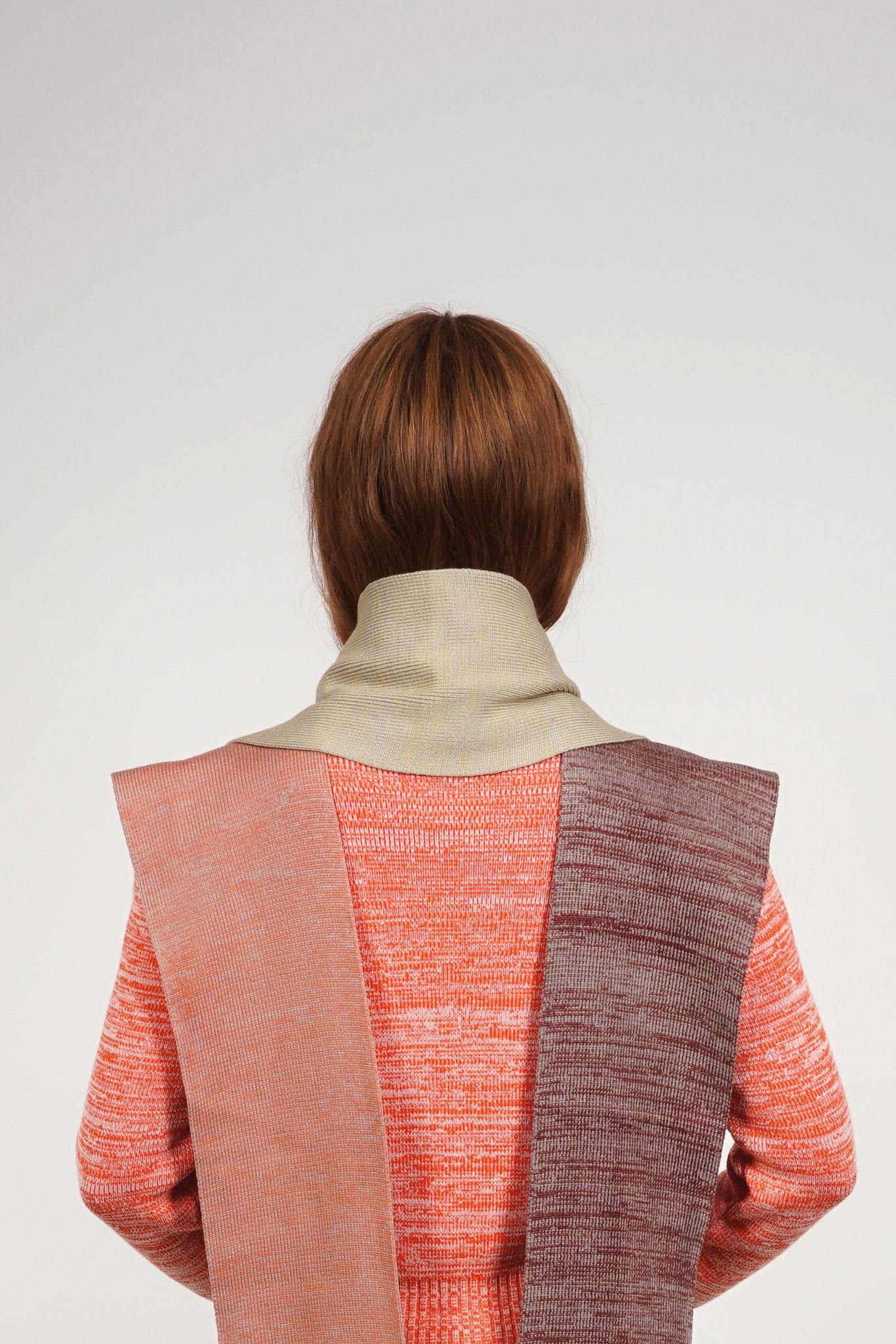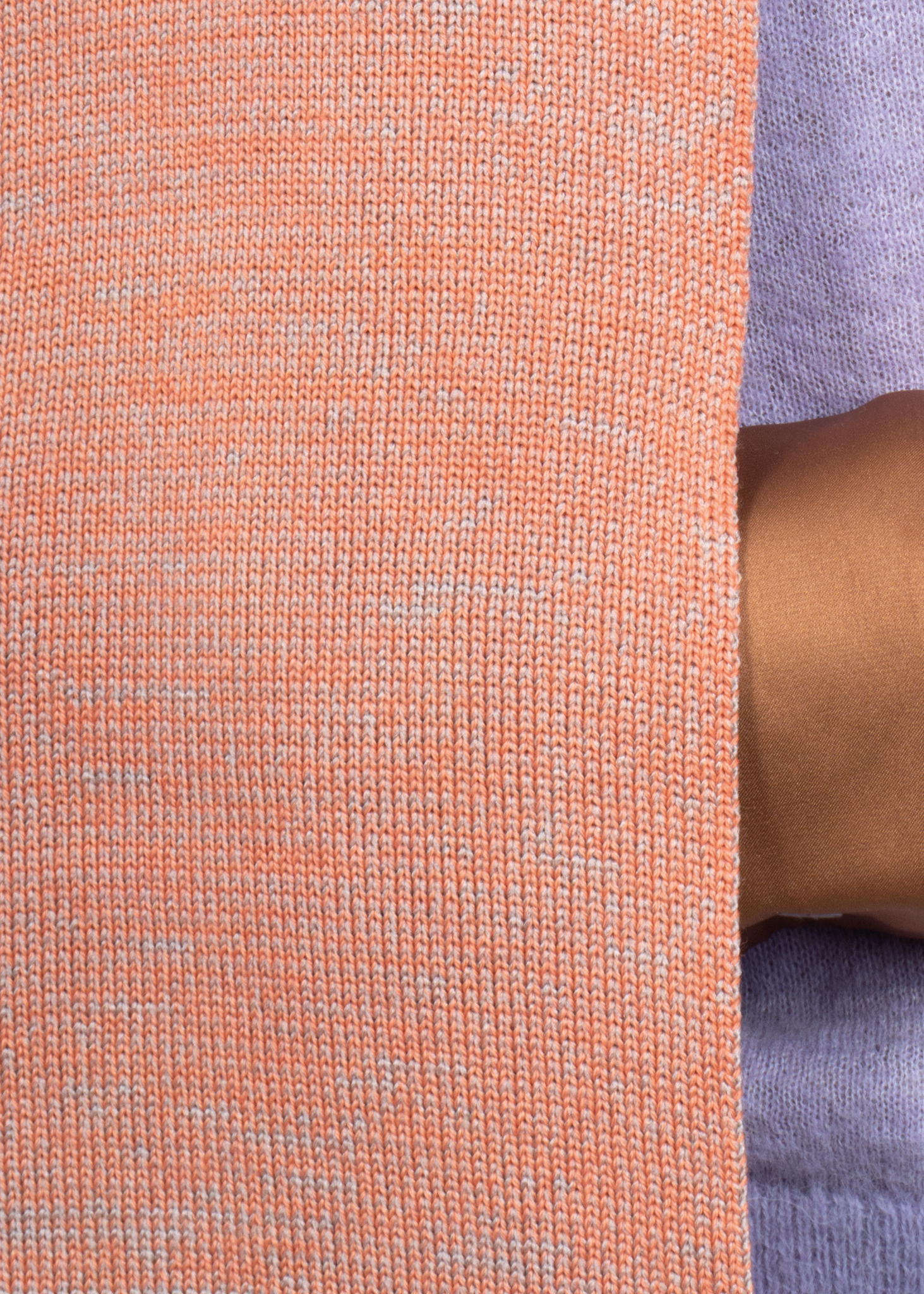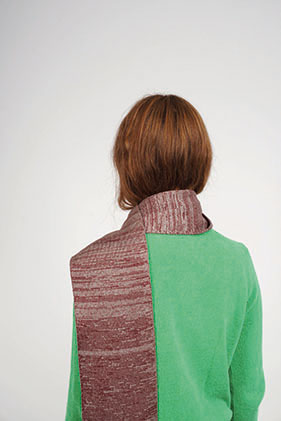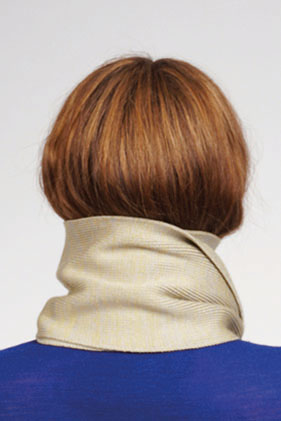Before industrialisation, handmade goods were the norm — carefully crafted, high in quality, and correspondingly precious. As a result, possessions were valued, repaired repeatedly, and passed down through generations. Production cycles were slow, naturally aligned with the rhythms of the resources used.
The invention of electricity marked a turning point: it accelerated manufacturing, enabled rapid extraction and processing of materials, and drastically lowered costs. This shift laid the foundation for the capitalist structures we live within today. Consumption is now rarely driven by necessity — but by emotion.
The invention of electricity marked a turning point: it accelerated manufacturing, enabled rapid extraction and processing of materials, and drastically lowered costs. This shift laid the foundation for the capitalist structures we live within today. Consumption is now rarely driven by necessity — but by emotion.


1+1 is a textile composed of two threads: one synthetic and pre-dyed, the other natural and untreated. The natural fiber can be selectively colored with natural dyes that leave the synthetic thread untouched. These colors are not permanent — they fade, shift, and can be renewed with each season.
This deliberate instability introduces a glitch into the conventional production cycle. Instead of discarding the old to make way for the new, the fabric invites ongoing transformation. It becomes a living material — responsive, changeable, and enduring.
By embedding the tension between permanence and impermanence into the textile itself, 1+1 reflects on the reality of overconsumption. It visualizes a system of renewal rather than replacement — suggesting that sustainability can’t simply be woven into a fabric, but must emerge from our behavior and the way we engage with what we wear.
This deliberate instability introduces a glitch into the conventional production cycle. Instead of discarding the old to make way for the new, the fabric invites ongoing transformation. It becomes a living material — responsive, changeable, and enduring.
By embedding the tension between permanence and impermanence into the textile itself, 1+1 reflects on the reality of overconsumption. It visualizes a system of renewal rather than replacement — suggesting that sustainability can’t simply be woven into a fabric, but must emerge from our behavior and the way we engage with what we wear.

